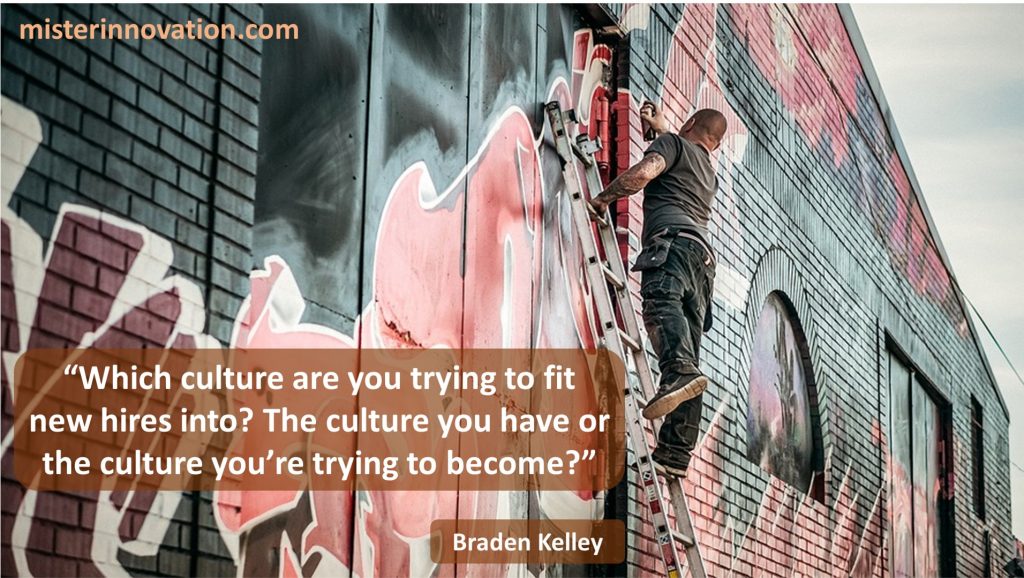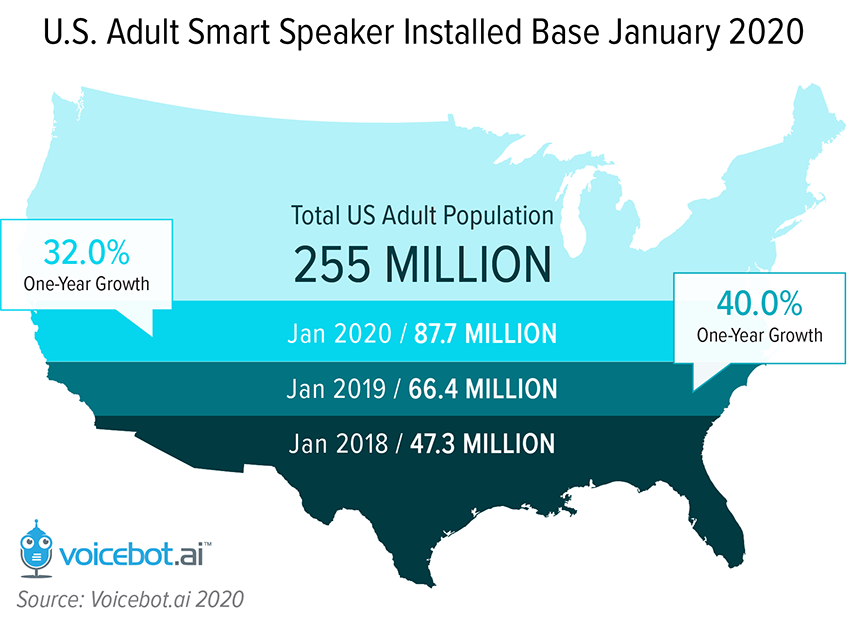Strategies for Engaging Employees

GUEST POST from Chateau G Pato
In today’s fast-paced and ever-changing business landscape, organizations striving for sustainable growth and success must foster a culture of innovation. Building such a culture starts with actively engaging employees, harnessing their creativity and empowering them to contribute their best ideas. This thought leadership article will explore effective strategies for cultivating a culture of innovation, supported by two inspiring case studies that demonstrate the power of employee engagement in driving innovation.
Case Study 1: Google’s “20% Time Rule”:
Google, the tech giant known for its innovative products, follows a unique approach to inspire employee creativity and engagement. In order to foster innovation, Google allows employees to spend 20% of their time on projects they personally find interesting or meaningful. This initiative has led to major breakthroughs, including the creation of Gmail and Google Maps. By empowering employees to work on passion projects, Google demonstrates a commitment to employee interests while encouraging their investment in the company’s success. This strategy strengthens engagement and has resulted in a culture of innovation ingrained within Google’s DNA.
Strategies:
1. Promote Open Communication Channels:
Building a culture of innovation requires establishing open communication channels across all levels of the organization. Encourage idea sharing by implementing platforms for employees to submit suggestions, hold brainstorming sessions, and facilitate cross-functional collaboration. Regular feedback sessions and town hall meetings provide opportunities for employees to be heard and feel valued, fostering a culture where creativity thrives.
2. Invest in Employee Development:
Nurture a culture of innovation by investing in employee development programs. Offer workshops, training sessions, and mentorship programs that encourage continuous learning and skill development. These initiatives not only foster individual growth but also enable employees to approach problem-solving from new perspectives, enhancing their ability to generate innovative ideas.
3. Celebrate and Reward Innovation:
Recognize and reward innovative ideas and contributions. This can be done through formal programs, such as Innovation Awards or Hackathons, which showcase the successful implementation of employee-driven initiatives. Publicly acknowledging and celebrating innovation reinforces a culture where employees are motivated to think creatively and take risks, knowing their efforts will be recognized and appreciated.
Case Study 2: 3M’s “15% Culture”:
3M, the multinational conglomerate known for its innovative products, introduced the “15% Culture” to foster employee-driven innovation. Employees are encouraged to spend up to 15% of their work time on projects outside their regular responsibilities. This initiative led to the invention of products like Post-it Notes and Scotchgard. The 15% Culture showcases 3M’s commitment to providing time and resources for employees to explore their creative ideas, fostering engagement and driving continuous innovation.
Conclusion
Building a culture of innovation starts with engaging and empowering employees to contribute their best ideas. By implementing strategies like promoting open communication, investing in employee development, and celebrating innovation, organizations can create an environment where individuals feel supported to think outside the box. Case studies from Google and 3M highlight the tremendous impact that employee engagement can have on driving innovation and shaping a successful future. Embracing these strategies will not only foster a culture of innovation, but also enhance employee satisfaction, attract top talent, and position organizations at the forefront of their industries.
SPECIAL BONUS: The very best change planners use a visual, collaborative approach to create their deliverables. A methodology and tools like those in Change Planning Toolkit™ can empower anyone to become great change planners themselves.
Image credit: Pexels
![]() Sign up here to get Human-Centered Change & Innovation Weekly delivered to your inbox every week.
Sign up here to get Human-Centered Change & Innovation Weekly delivered to your inbox every week.









